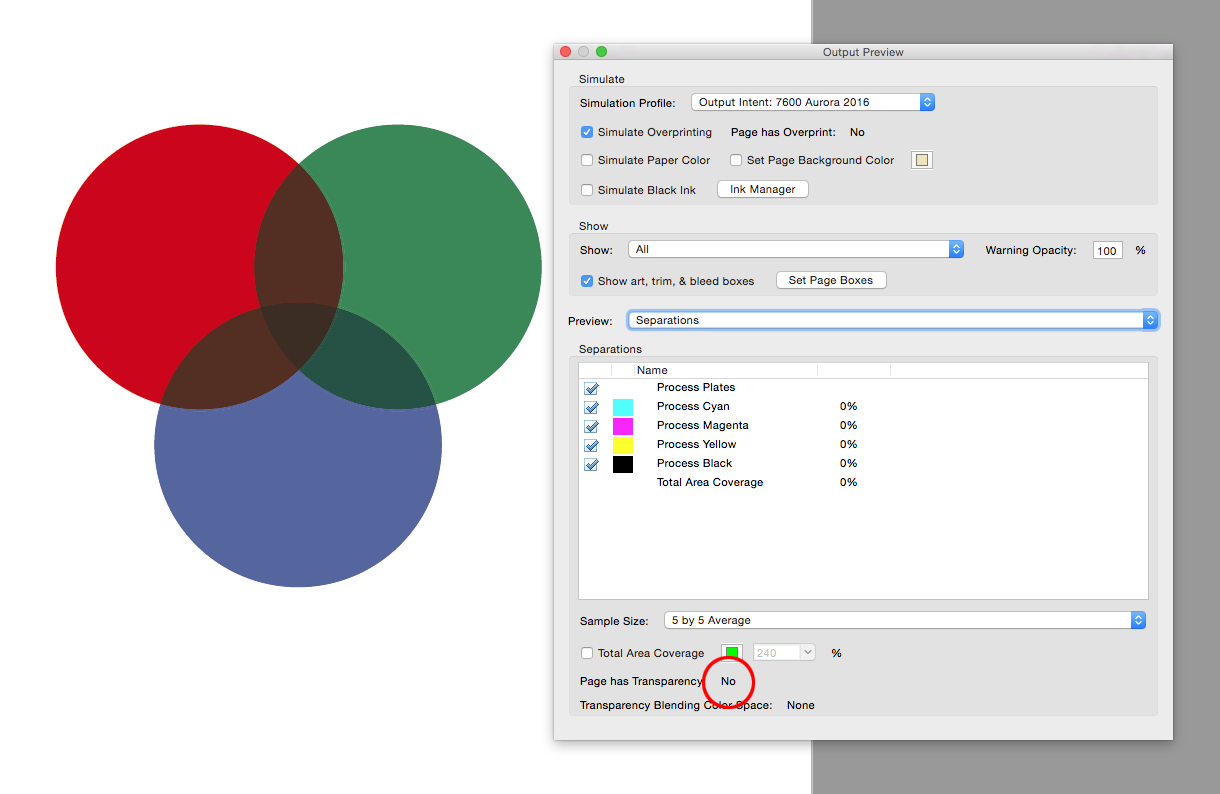- Home
- InDesign
- Discussions
- Transparency Compliance with PDF/x-1a
- Transparency Compliance with PDF/x-1a
Copy link to clipboard
Copied
Hello Folks,
I've been designing a book layout for a friend that will be printed using POD. Ingram Lightning Source through DrivethroughRPG is the company that is doing the printing. I have created a very intricate design that works for his RPG book that is 474 pages long. There is a lot of art and texture. It's a lovely book, and I'm very happy with it.
The problem is that I'm not very knowledgeable about printing in general. The specs provided mentioned nothing about transparency being an issue. Later, I discovered that transparency is a no-no in PDF/X-1a:2001, which is what the printer wants. However, the PDF file is LOADED with opacity shifts and art with transparent backgrounds. (By the way, InDesign gave me no warning about this when I exported to PDF/X-1a:2001!) The art needs to be faded slightly into the subtle textured background. To accommodate their no-transparency rule, I'd have to do some major overhauling on the file after weeks of work. I can see a route to still getting the effects I want without using transparency in InDesign/PDF, but it involves creating a page background for every page that has art with transparency, with the art flattened into the page background ahead of time in Photoshop rather than in InDesign. As you can imagine, this would get tedious very quickly! It would means using unique backgrounds for the art pages instead of master pages. Major headache!
So, my question is, are there any workarounds for this kind of thing? I have a message in to the printer for help also, but I thought I'd inquire here.
Michael
 1 Correct answer
1 Correct answer
To summarize the responses here ...
For reliable PDF print publishing workflows, PDF/X-4 is strongly recommended as the PDF subset standard to use. PDF/X-4 supports live transparency and ICC color management.
On the other hand, PDF/X-1a forces all transparency in your original content to be “flattened” into opaque objects and all color to be converted into DeviceCMYK. The flattening process often results in quality degradation with flattening artifacts including stitching lines. Conversion to Devi
...Copy link to clipboard
Copied
That would be a serious bug if flattening wasn't done. But your test doesn't prove anything. Especially if the opacity shift is constant; that can just be done using lighter text. Why not use a function that checks if there is live transparency? Flattening is done millions of times an hour and works. For instance every time you print from Acrobat.
Copy link to clipboard
Copied
By definition, PDF export by InDesign (or saving PDF from Illustrator) with the PDF/X-1a standard flattens all transparency. The flattening process does various conversions such that in the resultant PDF file it looks like there is transparency, but the content is actually all opaque. It is that flattening process that yields potential quality loss and artifacts. You can prove that there is no actual transparency in the PDF file by opening the PDF file Acrobat Pro and validating that it is indeed a proper PDF/X-1a file via Acrobat Preflight functions for PDF/X-1a validation. If there is transparency, the file will fail validation! Unless someone mucks with the file after PDF/X-1a export from InDesign, I can guarantee that there is no actual transparency in such a file. ![]()
- Dov
Copy link to clipboard
Copied
transparant object missing when I used PDF/X-4. Why?
Copy link to clipboard
Copied
This discussion is seven years old and you're question doesn't seem to make any sense in association with it. I'm locking this discussion and suggest you start a new one with full details of your issue.
Copy link to clipboard
Copied
that will be printed using POD. Ingram Lightning Source
If you don't have it, here is Ingram Spark's most recent file creation guide:
https://www.ingramspark.com/hubfs/downloads/file-creation-guide.pdf
See page 11 for text color requirements—although it's not in the guide, they spec the default US Web Coated SWOP v2 to be used as the document CMYK profile on their FAQ page.
CMYK was resolved along with ink coverage specs (240%)
Their 240% requirement seems to be referring to rich black swatch builds and not total ink. When you convert images, US Web Coated SWOP allows 300% total ink.
The backgrounds were a layered Illustrator file placed into the master pages. They included text, which did not get flattened in the final PDF. Now that I think about it, this is making me wonder if the export is not working correctly.
You can use AcrobatPro's preflight to check for transparency. Tools>Print Production>Preflight>PDF/Compliance. Choose a profile and click Analyze.
Output Preview panel will also tell you if there is transparency on the page:

Copy link to clipboard
Copied
That's actually an out and out contradiction in someone's instructions. PDF/X-1a must be PDF 1.3 or older. There is no middle ground, it just can't be.
Copy link to clipboard
Copied
According to the standard, PDF / X-1a 2001 version 1.3 uses PDF which flattens transparency. And PDF / x-1a 2003 is applied to version 1.4 PDF, which allows transparency.
However, in InDesign when you select PDF / X-1a 2003 the PDF version is set to 1.3 and not 1.4. I see no difference between the 2001 and 2003 standard. Even with PDF / X-3 version 1.3 is applied and thus transparency is flattened. Only PDF / X-4 maintains transparency.
-
- 1
- 2
Find more inspiration, events, and resources on the new Adobe Community
Explore Now

